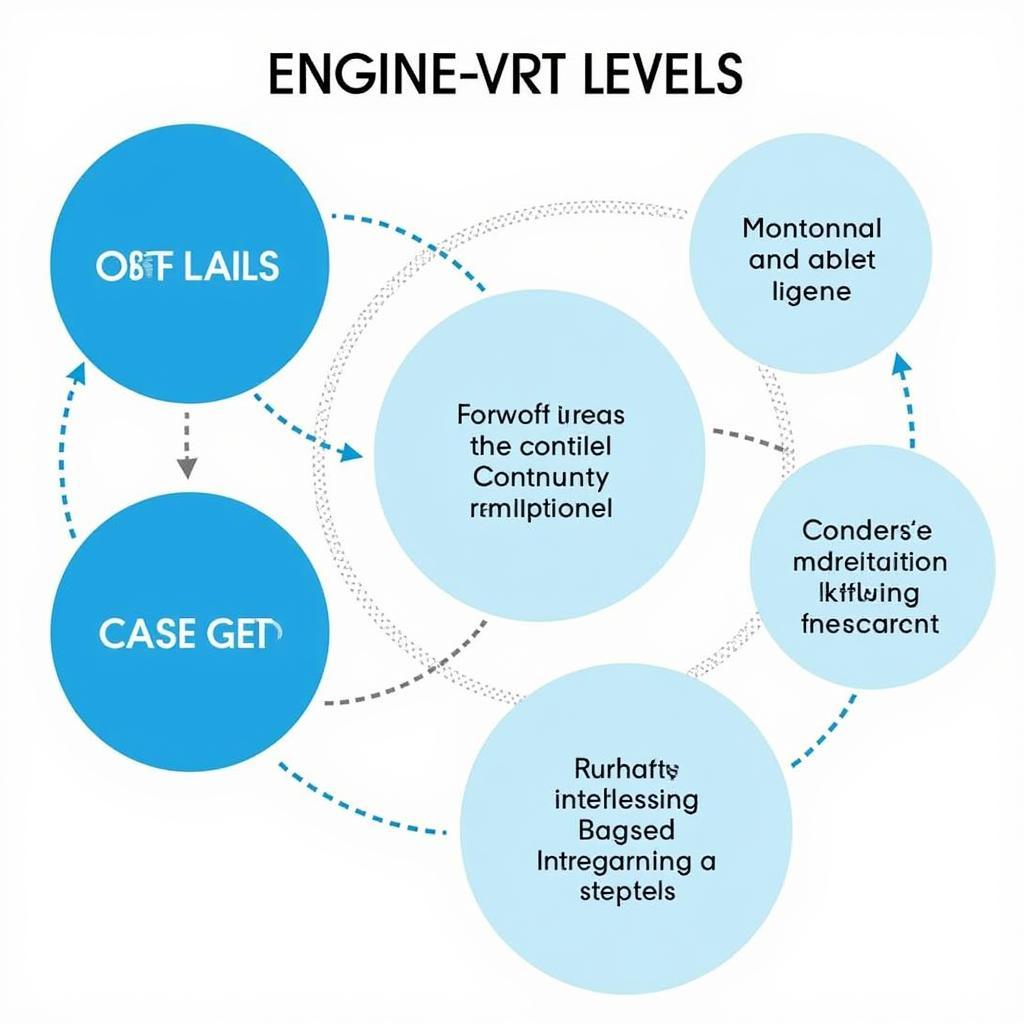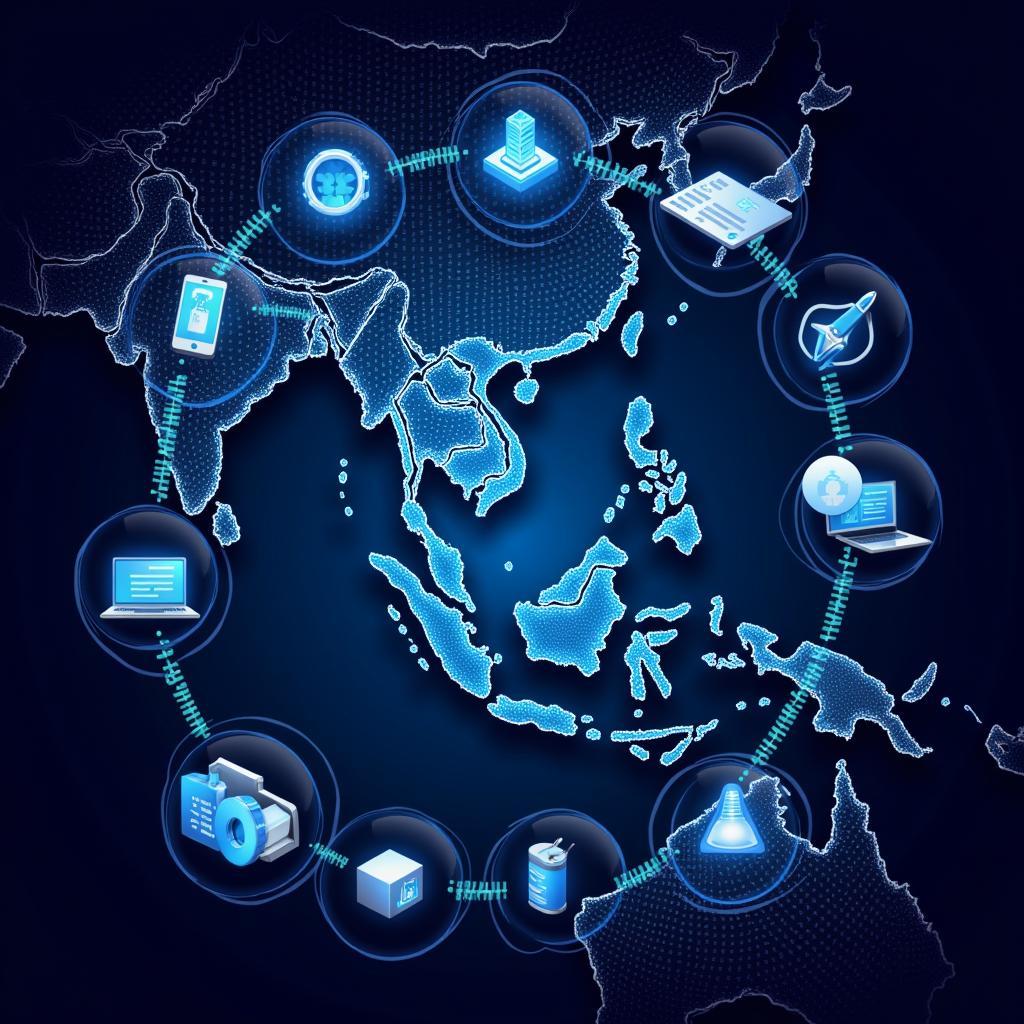Asean China Free Trade, formally known as the ASEAN-China Free Trade Area (ACFTA), represents a significant milestone in economic cooperation between the Association of Southeast Asian Nations (ASEAN) and China. This agreement has drastically reshaped trade dynamics within the region and continues to influence global commerce. This article delves into the intricacies of ACFTA, exploring its impact, benefits, and future prospects.
One of the key objectives of the ACFTA is to eliminate tariffs and non-tariff barriers on a wide range of goods traded between ASEAN member states and China. This has led to a substantial increase in trade volumes, promoting economic growth and creating numerous opportunities for businesses in both regions. The ACFTA is more than just a trade agreement; it’s a platform for deeper economic integration, fostering collaboration in areas like investment, services, and intellectual property rights. Furthermore, it has stimulated greater people-to-people exchanges, contributing to a stronger sense of community within the broader Asian region. Are you curious about how this impacts individual ASEAN nations? Check out more details about ASEAN nations.
Understanding the Importance of ASEAN China Free Trade
The ACFTA plays a crucial role in strengthening economic ties between ASEAN and China. By reducing trade barriers, it has created a more favorable environment for businesses to operate and compete. This increased competition has, in turn, driven innovation and improved product quality, ultimately benefiting consumers. The agreement also promotes greater regional integration, enhancing cooperation and fostering a sense of shared prosperity. What’s more, the ACFTA serves as a model for other free trade agreements, demonstrating the potential for mutually beneficial partnerships in a globalized world.
This agreement has significantly impacted specific sectors. For example, the textile industry in several ASEAN countries has experienced substantial growth, driven by increased access to the vast Chinese market. Similarly, Chinese manufacturers have benefited from access to lower-cost raw materials and labor in ASEAN. What exactly does the agreement entail? For further information on the specifics, explore ASEAN China free trade agreement ACFTA.
Benefits and Challenges of ACFTA
Opportunities for Growth
ACFTA presents numerous opportunities for businesses in both ASEAN and China. Reduced tariffs translate to lower costs for importers and exporters, making their products more competitive in the global market. The agreement also facilitates greater investment flows, creating new jobs and stimulating economic activity. This has fostered the development of regional value chains, allowing businesses to specialize and leverage the comparative advantages of different countries. Want to learn more about free trade agreements within ASEAN? Explore what an FTA is in the ASEAN context at apa itu fta asean china.
Navigating the Complexities
While the ACFTA offers significant benefits, it also presents certain challenges. One key issue is the varying levels of development among ASEAN member states. Some countries are better equipped to take advantage of the agreement’s provisions than others, potentially leading to uneven distribution of benefits. Another challenge is the need to address non-tariff barriers, such as technical regulations and sanitary standards, which can still impede trade. Furthermore, effective implementation and enforcement of the agreement are crucial to ensure that all parties benefit fairly.
 Image Depicting ASEAN and China Business Collaboration and Innovation
Image Depicting ASEAN and China Business Collaboration and Innovation
The Future of ASEAN China Free Trade
The ACFTA is a dynamic agreement that continues to evolve. Ongoing negotiations and discussions aim to further deepen economic integration and address emerging challenges. The focus is on expanding the scope of the agreement to cover new areas like e-commerce and digital trade. Strengthening cooperation in areas such as infrastructure development and connectivity is also a priority. By adapting to the changing global landscape, the ACFTA is poised to play an even greater role in promoting regional prosperity and fostering closer ties between ASEAN and China. Past ASEAN meetings provide insights into the evolution of this partnership. Take a look at the ASE 2019 meeting or the 16th ASEAN-India summit for more context.
Conclusion
ASEAN China free trade, through the ACFTA, has fundamentally reshaped the economic landscape of the region. It has boosted trade, spurred investment, and fostered greater cooperation. While challenges remain, the ongoing evolution of the agreement demonstrates a commitment to mutual benefit and shared prosperity. The ACFTA stands as a testament to the power of regional cooperation and serves as a model for future partnerships in the global economy.
FAQ
- What is ACFTA?
- What are the main benefits of ACFTA?
- How has ACFTA impacted trade between ASEAN and China?
- What are the challenges associated with ACFTA?
- What is the future of ASEAN China free trade?
- How does ACFTA impact consumers?
- How does ACFTA promote regional integration?
Other relevant topics:
- Exploring trade relations between ASEAN and other global partners.
- Understanding the impact of free trade agreements on specific industries within ASEAN.
- Analyzing the role of digital trade in the future of ACFTA.
When you need assistance, please contact Phone Number: 0369020373, Email: [email protected] or visit our address: Ngoc Lien Village, Hiep Hoa, Bac Giang, Vietnam. We have a 24/7 customer service team.

